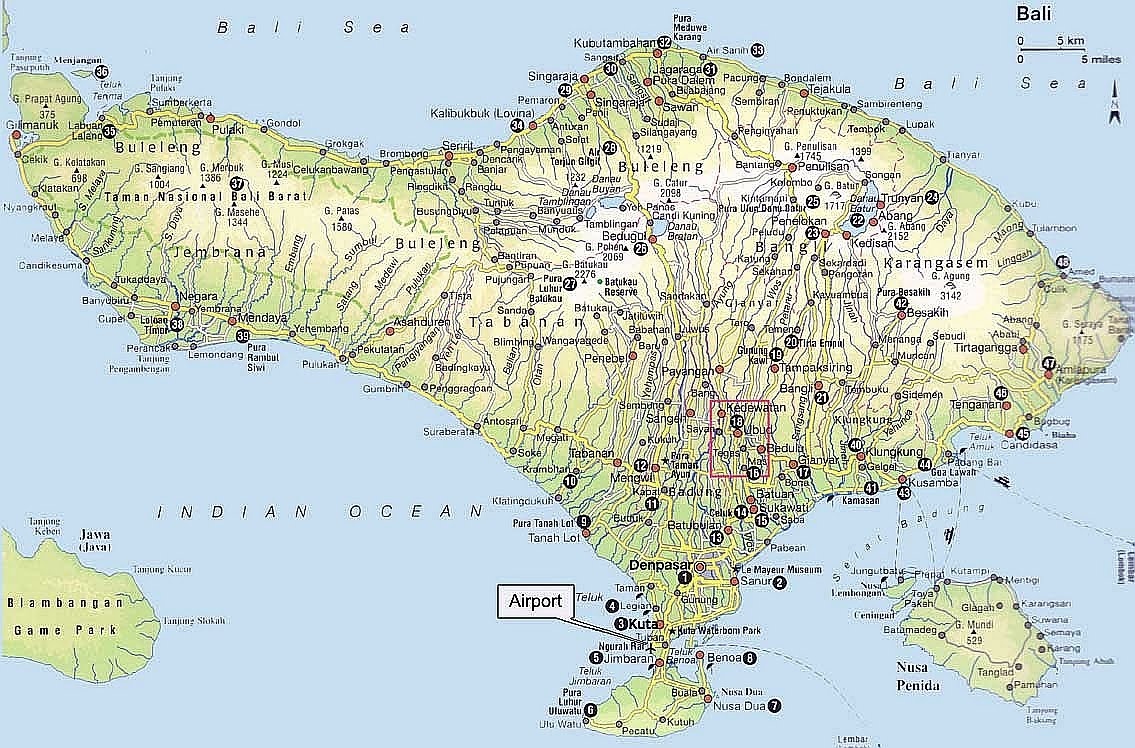During the journey home, now that the return fleet was more or less nearby, he was sent by Gerard Reynst to the Red Sea to investigate the trading possibilities. On 2 August he left the fleet. At that time Aden and the more western Mocca were Turkish. Aden and especially Mocca, which incidentally emerged as a trading city later than Aden, were seen as the most important trade center in that area.
Mocca was the cradle of coffee farming and coffee trading. Because Van den Broecke did not carry a letter from the court in Constantinople and also carried a small load, the governor, who, incidentally, kindly received him, did not trust it and Van den Broecke was not allowed to trade here. Thereupon he left for the independent state of Shihir, 600 km east of Aden, where Van den Broecke was able to trade with the few cargo on board.
The monarch there hoped that the trading activities of the Dutch would bring prosperity to the state. The monarch even provided a good house. The sales market in Shihir would eventually turn out to be too small so that it never came to a permanent location here. After the sale of the cargo, three VOC servants remained, including Antoni Claasz. Visscher, in Shihir to learn the language while the Nassau went further.
After leaving Shihir Van den Broecke went to Catsinni at the mouth of the Red Sea. He was well received by the king but because it turned out that the king was a friend of the Portuguese and an enemy of the Turks, it seemed Van den Broecke wise not to leave people here, although that was allowed. After a friendly farewell, the Dutchmen again departed for Bantam.
A year later Van den Broecke would return to Shihir with the ship Nassau. When Van den Broecke returned on 8 January 1616, he decided to leave merchant Wouter Heute with merchandise in Shihir and to go to Mocca with the two company officers, Antoni Visscher and Abraham Crabbe, who were still present in Shihir.
On January 15th, he anchored between 30 large and small Indian, Persian and Arab ships for Mocca. The Dutch did cause commotion because they were the first Europeans to come there. Van den Broecke was very kindly received by the governor. With him Van den Broecke signed an agreement for the trade tax and the next day a lot of goods were sold for a good price.
On the 6th of March a caravan of Aleppo and Suez arrived with merchandise. With permission from the governor, the flag was hoisted on the bed. To be able to establish a comptoir there they had to have permission from the bassa (the pasha or viceroy) who resided in Sana, 55 miles northeast of Mokka.
On March 21, Van den Broecke was summoned to court. With sub-merchant Jan Arendszoon, a trumpet player and two soldiers, he left for Sana the next day. The bassa was also very friendly, but without permission from the sultan of Turkey, he could not grant permission for establishing a permanent outpost.
In the meantime, Mokka is trading-driven and after doing so Van den Broecke left with all the other Dutch people on July 7, 1616 after a warm farewell to Shihir, where there was indeed a comptoir.
Although King Abdullah offered him very good things, Van den Broecke lifted the comptoir in Shihir, after which he went to Bantam via Suratte, Malabar and Ceylon.
In 1618, the permissions were obtained to establish an office both in Mocca and Aden. In 1620 the factory was founded in Mocca. After the Samson departed from Mocha to Suratte in 1621, the ship, according to its instructions, took five ships from the island of Babelmande (Perim) and plundered them. Willem de Milde stayed behind in Mocha as a representative of the VOC to sell the goods. The remaining Dutchmen were captured and treated very cruelly [probably because of the plundering of the five ships].
In March 1623 the Heusden came with merchant Visnig near the island of Perim in the Strait of Bab-el-Mandeb, but he was not welcome there because of the affair De Milde on which the ship sailed to Persia, where it was in June 1623 at Ormus. arrived.
Because of the conflicts with the Turkish pasha (viceroy) and because it compently did not meet the expectations of the Heren XVII, the comptoir in Mocha at the end of 1623 was already lifted. In spite of this, on 10 April 1626 seven ships were sent from Suratte to Mocha: the Mauritius, Orange, Walcheren, Golden Lion, Hollandia, English Bear and the Good Fortune. The Good Fortune sank when returning to Suratte when the Red Sea broke out on December 23, 1626. When the Turks were expelled in 1635, VOC ships regularly visited Mocca from 1638, but the trade was disappointing and in 1655 it was again ceased.
It was not until the beginning of the 18th century that Europeans began to take an interest in coffee. Until then, the VOC's sales market for coffee was located in South and East Asia. The trade did not really get off the ground anyway. The Dutch East India Company had to compete with a centuries-old trade network that spanned the entire area around the Indian Ocean. The VOC, like their Portuguese predecessors, could not find a place in this network because it did not have the right contacts.At the end of the 17th century, trade in Mocca was picked up again. Because they knew that the VOC ships had to leave due to the monsoon in favorable winds, the Arab traders could initially demand high prices. But when there was a permanent branch in Mokka, the VOC could negotiate more favorable prices. In 1697 the permanent establishment came and the VOC signed a trade agreement with the prince of Yemen. The factory was in operation until 1756.
THE VOC AND COFFEE FROM JAVA
Daan Couwenbergh The VOC was primarily located in Java because of the favorable position and trade in spices. Because of the growing demand for coffee and the high prices that had to be paid in Mokka, the VOC introduced the coffee plant on Java.
Record harvesting on the coffee plantations around the middle of the 18th century meant that coffee in the Netherlands did not go out more than 60 cents per pound. It also led to greater interference of the VOC with the local population.
In the first half of the 17th century, coffee was already transported to Western Europe via the Mediterranean Sea. The Republic of the Netherlands bought its coffee via the VOC in Mokka, the Yemeni port city that at that time had the largest coffee market in the world. When purchase prices rose at the end of the 17th as a result of the growing demand for coffee, the VOC started looking for an alternative to Mokka.
Coffee cultivation on Java The VOC succeeded in taking some coffee plants from Mokka to plant them in West Java from 1707 onwards. When the VOC settled here, Java was very divided. Local princes ruled the producing villages and had a monopoly on the trade of production surpluses. Because the VOC strived for exclusive trading, it forced monopolies by concluding contracts with native princes. These princes were handily played against each other during the various, often religious, wars. The VOC then provided support to a certain Javanese prince who made important concessions in return, including the surrender of territory.






